In recent years, the surge in do-it-yourself (DIY) electric vehicle (EV) conversion projects has captured the imagination of car enthusiasts, engineers, and eco-conscious hobbyists worldwide. Despite regulatory hurdles and official restrictions that complicate or limit these conversions, the grassroots movement to electrify classic and vintage vehicles continues to grow. This article explores the reasons behind the thriving DIY EV conversion culture, the global policy dynamics affecting it, and the deep cultural symbolism attached to classic cars reborn as electric machines. For garage tinkerers, restoration purists, and sustainability advocates alike, the DIY EV wave represents a compelling fusion of tradition, innovation, and rebellion.
The Global DIY EV Conversion Movement: A Cultural and Technical Resurgence
DIY EV conversions are not just about swapping out an internal combustion engine for an electric motor; they are about reinventing beloved vehicles for a new era of sustainable driving. Enthusiasts around the world—from urban garages in Europe and North America to workshops in Asia and Australia—are embracing the challenge of electrifying classic cars, motorcycles, and even vintage trucks. This movement is fueled by a blend of environmental awareness, mechanical curiosity, and a desire for personalized, sustainable mobility.
One key driver is the accessibility of electric components. The falling cost of batteries, the availability of off-the-shelf electric motors, and the rise of open-source EV conversion guides have lowered the technical and financial barriers. More than ever, individuals can source motors, controllers, and battery packs suitable for their specific project. Online communities, forums, and social media groups also provide invaluable knowledge exchange, troubleshooting advice, and inspiration, helping to democratize the conversion process.
Despite the growing enthusiasm, the DIY EV conversion movement faces regulatory challenges. Many countries have stringent safety, emissions, and homologation standards that make it difficult to legally register converted vehicles for road use. These restrictions often stem from concerns about vehicle safety, battery reliability, and environmental impact assessments. In some regions, converted vehicles must undergo costly inspections and certifications that deter casual hobbyists.
However, instead of diminishing the movement, these regulatory barriers have spurred a creative tension. Many converters view the official restrictions as bureaucratic obstacles to innovation and self-expression, reinforcing the DIY ethos. Some jurisdictions have started to adapt, recognizing the environmental benefits of EV conversions and creating clearer pathways for legal compliance. In places where regulations remain strict, converted vehicles often become track-only or off-road projects, allowing hobbyists to push the boundaries of performance and design without immediate legal constraints.
Classic Cars and Electric Hearts: Symbolism and Identity
At the heart of the DIY EV conversion culture lies a deep respect for classic cars, which are cultural icons representing eras of automotive design, craftsmanship, and social history. These vehicles often embody personal or collective nostalgia, symbolizing freedom, innovation, and individualism. The conversion of these beloved classics into EVs is a symbolic act—an effort to preserve heritage while embracing the future.
For many enthusiasts, converting a vintage car to electric propulsion is a form of rebellion against the mainstream automotive industry and environmental inertia. It is a statement that old vehicles can evolve, shedding their polluting engines without losing their soul or aesthetic appeal. This transformation often sparks debates within car communities about authenticity and preservation. Purists may resist electrification, valuing original mechanical integrity, while others celebrate the EV conversion as a practical and ethical evolution.
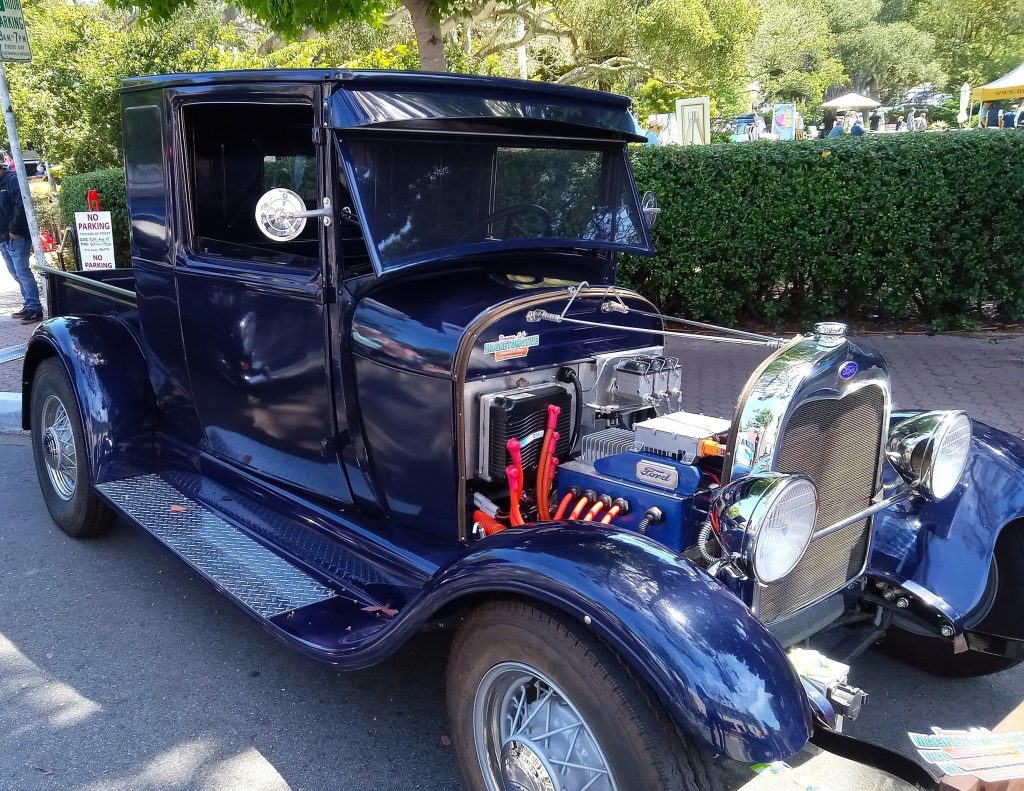
The visual juxtaposition of a timeless classic exterior paired with cutting-edge electric powertrain components fascinates many. It challenges conventional assumptions about performance, emissions, and what defines a “classic car.” Moreover, it expands the cultural narrative of car ownership—moving from a focus on raw horsepower and engine sound to efficiency, sustainability, and technical ingenuity.
For younger generations, DIY EV projects represent a hands-on way to engage with automotive culture without inheriting the downsides of fossil fuel reliance. It blends the tactile satisfaction of craftsmanship with forward-thinking environmental responsibility. In this sense, DIY EV conversions are as much about identity and values as they are about mechanics and engineering.
Hands-On Innovation: The Appeal to Makers, Engineers, and Hobbyists
The DIY EV conversion phenomenon is deeply rooted in the maker culture and the rise of accessible engineering. For garage tinkerers, hobbyists, and small-scale fabricators, converting a classic car into an electric vehicle offers a uniquely satisfying challenge. It requires a multidisciplinary skill set, combining electrical engineering, mechanical modification, software tuning, and sometimes bespoke fabrication.
Unlike buying a ready-made electric car, DIY conversions allow creators to customize every aspect of the vehicle—from battery placement and motor specs to regenerative braking systems and interior instrumentation. This customization fosters innovation, encouraging experimental designs and new configurations that can push the boundaries of electric mobility.
Many DIY projects begin with an educational spirit: enthusiasts eager to learn about EV technology firsthand, understand the complexities of power electronics, and apply practical problem-solving skills. This grassroots knowledge-building contributes to a broader ecosystem of expertise and innovation that benefits the EV industry as a whole.
Communities of DIY EV converters frequently share their projects online through videos, blogs, and forums, inspiring others and providing invaluable troubleshooting support. These networks foster collaboration, collective problem-solving, and the rapid dissemination of new techniques and ideas. They often function as informal incubators for innovations that may later influence mainstream EV manufacturing.
The hands-on aspect also appeals to those who value autonomy and control over their vehicles. The ability to tinker, upgrade, and repair without relying on proprietary dealer systems is an attractive alternative to the increasingly digital and closed nature of modern cars.
Regulatory Challenges and Future Outlook
While the DIY EV conversion movement continues to thrive, official restrictions remain a significant hurdle. Many countries require extensive testing and certification to ensure safety and environmental compliance, and these processes can be prohibitively expensive and complex for individual hobbyists. Battery safety, crashworthiness, and electromagnetic interference are key areas of regulatory focus.
However, as governments and regulatory bodies increasingly recognize the environmental potential of electrification, some are beginning to explore frameworks that support legal conversions. Incentives for EV adoption, streamlined approval processes for converted vehicles, and clearer guidelines could help legitimize and expand the DIY conversion sector.
Automakers themselves are paying attention. Some manufacturers have started offering official conversion kits or collaborating with third-party converters to ensure quality and safety. This growing synergy between grassroots innovation and industry expertise could herald a new chapter where DIY EV conversions become a recognized and supported segment of the automotive landscape.
Conclusion
DIY EV conversion projects represent a vibrant intersection of tradition, innovation, and cultural expression. Despite official restrictions and regulatory hurdles, the movement continues to grow, fueled by passionate makers, classic car lovers, and sustainability advocates. These conversions are more than technical endeavors—they are symbolic acts that bridge automotive heritage with future mobility. By embracing customization, craftsmanship, and environmental consciousness, DIY EV conversions carve out a unique niche that challenges conventions and inspires new ways to think about cars and driving.
As regulatory landscapes evolve and technologies advance, the DIY EV movement’s influence is likely to expand, shaping not only enthusiast culture but potentially contributing to broader shifts in how vehicles are powered, owned, and cherished.

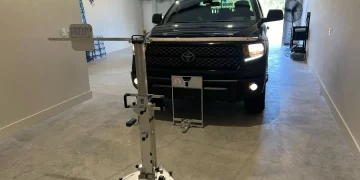
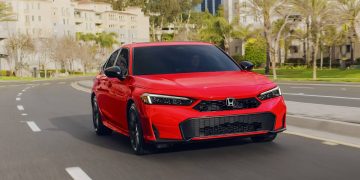
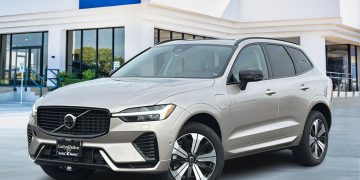
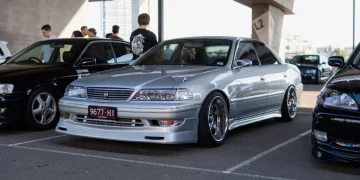

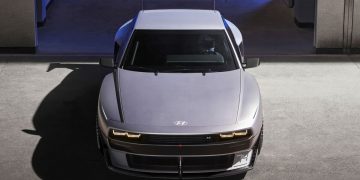
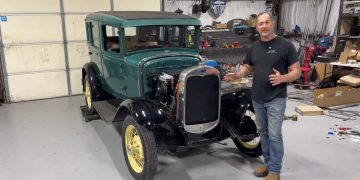

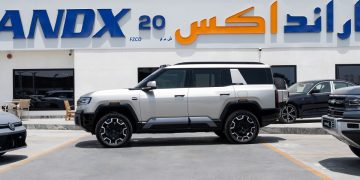

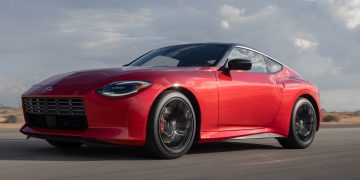


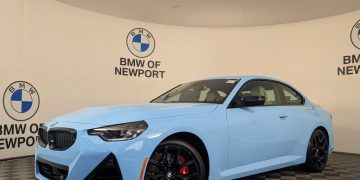


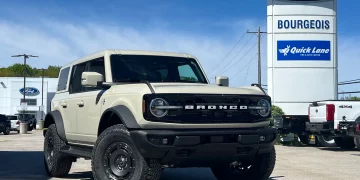
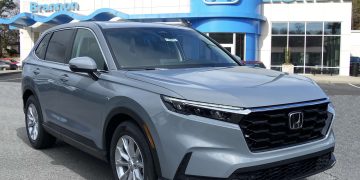
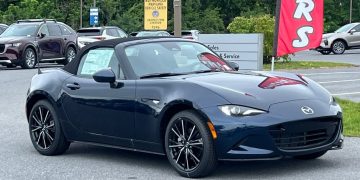
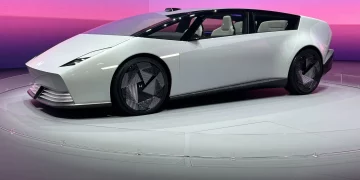
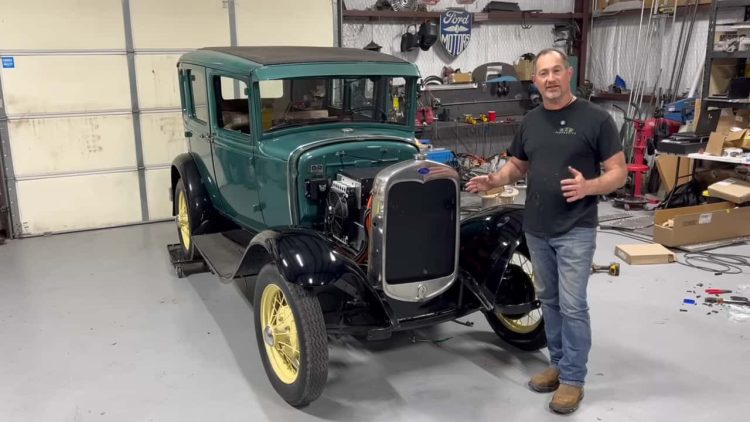












Discussion about this post